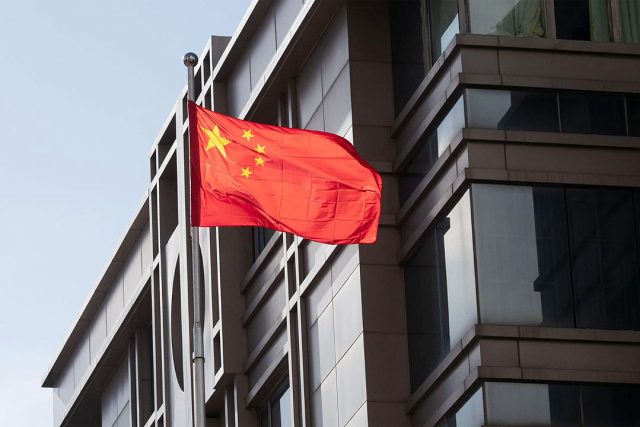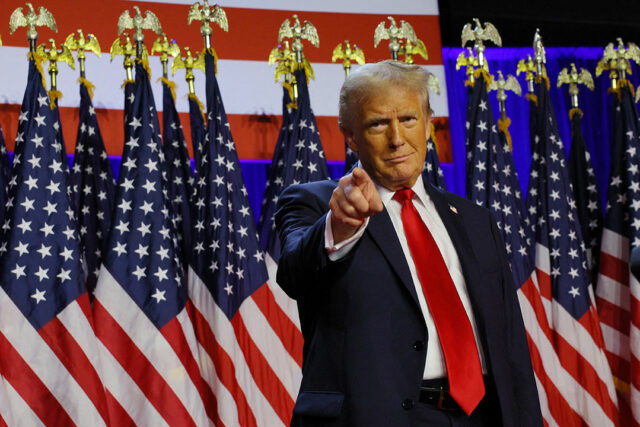Israel commits ‘extermination’ in Gaza by killing in schools, UN experts say

VIENNA — United Nations (UN) experts said in a report on Tuesday that Israel committed the crime against humanity of “extermination” by killing civilians sheltering in schools and religious sites in Gaza, part of a “concerted campaign to obliterate Palestinian life.”
The United Nations Independent International Commission of Inquiry on the Occupied Palestinian Territory, including East Jerusalem, and Israel was due to present the report to the Geneva-based UN Human Rights Council on June 17.
“We are seeing more and more indications that Israel is carrying out a concerted campaign to obliterate Palestinian life in Gaza,” former UN High Commissioner for Human Rights Navi Pillay, who chairs the commission, said in a statement.
“Israel’s targeting of the educational, cultural and religious life of the Palestinian people will harm the present generations and generations to come, hindering their right to self-determination,” she added.
The commission examined attacks on educational facilities and religious and cultural sites to assess whether international law was breached.
Israel disengaged from the Human Rights Council in February, alleging it was biased. Its diplomatic mission said on Thursday that the commission’s latest report was an “attempt to promote its fictitious narrative of the Gaza war,” and proved that its members “care more about bashing Israel than protecting the people of Gaza.”
In its report, the commission said Israel had destroyed more than 90% of school and university buildings and more than half of all religious and cultural sites in Gaza.
“Israeli forces committed war crimes, including directing attacks against civilians and willful killing, in their attacks on educational facilities… In killing civilians sheltering in schools and religious sites, Israeli security forces committed the crime against humanity of extermination,” it said.
The war was triggered when Hamas-led militants killed 1,200 people in Israel in a surprise attack in October 2023, and took 251 hostages back to the enclave, according to Israeli tallies.
Israel responded with a military campaign that has killed over 54,000 Palestinians, according to Gaza health authorities.
Harm done to the Palestinian education system was not confined to Gaza, the report found, citing increased Israeli military operations in the West Bank and East Jerusalem as well as harassment of students and settler attacks there.
“Israeli authorities have also targeted Israeli and Palestinian educational personnel and students inside Israel who expressed concern or solidarity with the civilian population in Gaza, resulting in their harassment, dismissal or suspension and in some cases humiliating arrests and detention,” it said.
“Israeli authorities have particularly targeted female educators and students, intending to deter women and girls from activism in public places,” the commission added. — Reuters











